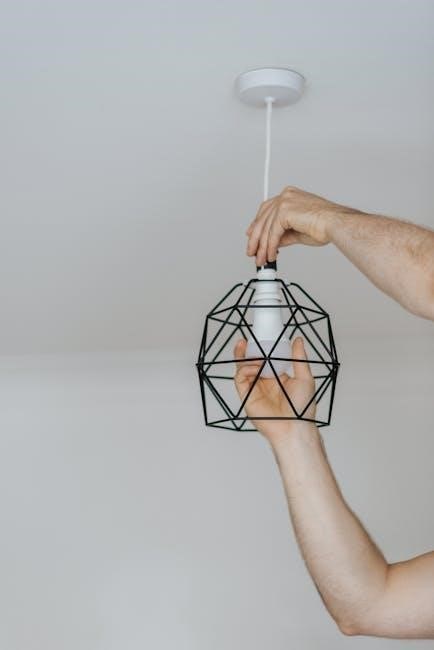mhk2 installation manual
The MHK2 is a RedLINK controller designed for Mitsubishi Electric indoor units, enabling advanced control and connectivity. This guide provides step-by-step installation instructions for proper setup and operation.
1.1 Overview of the MHK2 Controller
The MHK2 is a RedLINK controller for Mitsubishi Electric indoor units, designed to provide advanced control and connectivity. It consists of the MRCH2 Controller, MIFH2 Receiver, and MRC2 Cable. This system enables seamless integration with Mitsubishi ducted systems, offering precise temperature control and remote monitoring. The MHK2 supports wireless connectivity through the Kumo Cloud app, requiring a Wireless Interface 2 for operation. Its compact design and user-friendly interface make it ideal for modern HVAC systems, ensuring efficient performance and ease of use.
1.2 Key Features and Benefits
The MHK2 offers advanced features like seamless integration with Mitsubishi Electric units, wireless connectivity via Kumo Cloud, and remote monitoring. It enhances system efficiency, provides precise temperature control, and ensures compatibility with ducted systems. The controller’s compact design and user-friendly interface simplify installation and operation, making it a reliable choice for modern HVAC solutions. These features ensure optimal performance, energy savings, and enhanced comfort for users.
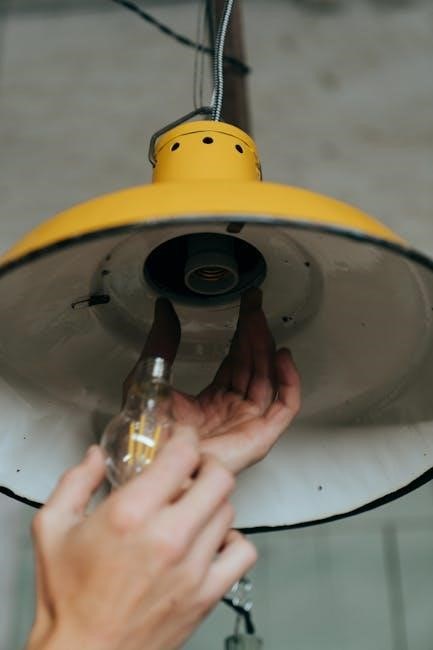
System Requirements and Compatibility
Ensure compatibility with Mitsubishi Electric indoor units and verify necessary hardware like Wireless Interface 2 for Kumo Cloud connectivity. Check software requirements for seamless operation and integration.
2.1 Compatible Mitsubishi Electric Indoor Units
The MHK2 controller is compatible with Mitsubishi Electric ducted and non-ducted indoor units, including MRCH2, MIFH2, and MRC2 models. It supports advanced features like RedLINK technology for efficient operation. Ensure the indoor unit is RedLINK-enabled for seamless integration. Refer to the installation manual for a detailed list of compatible models and specific requirements for each unit type.
2.2 Necessary Hardware and Software
For proper MHK2 installation, required hardware includes the MRCH2 controller, MIFH2 receiver, and MRC2 cable. Ensure compatibility with Mitsubishi Electric indoor units. Software-wise, the Kumo Cloud app and Wireless Interface 2 are essential for remote control and monitoring. Refer to the manual for detailed hardware specifications and software requirements to ensure smooth operation and connectivity.
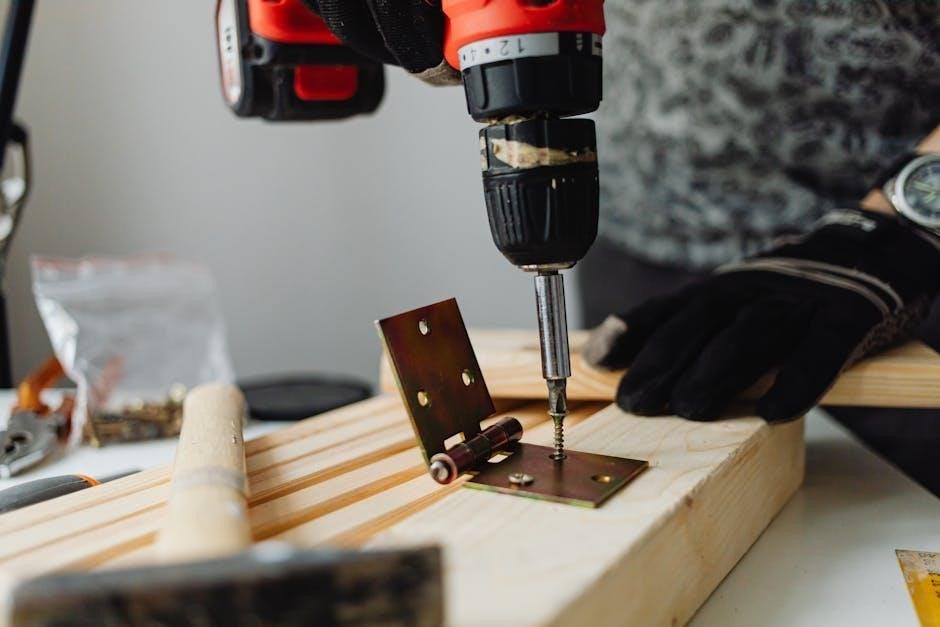
Installation Steps
Install the MHK2 controller securely, connect cables to compatible Mitsubishi units, and configure settings as outlined in the manual for optimal performance and connectivity.
3.1 Pre-Installation Checklist
Ensure all necessary hardware, including the MRCH2 Controller, MIFH2 Receiver, and MRC2 Cable, is available. Verify compatibility with Mitsubishi Electric indoor units and check the installation location. Power down all HVAC systems before starting. Confirm the area is clear of obstructions. Review the manual for specific settings and configurations. Ensure a stable power supply and proper grounding. A Wireless Interface 2 is required for Kumo Cloud connectivity. Refer to the manual for detailed pre-installation requirements.
3.2 Mounting the MHK2 Controller
Mount the MHK2 Controller in a secure, accessible location, ensuring proper alignment and protection from direct sunlight and moisture. Use the provided screws and brackets for stable installation. Ensure the unit is level to maintain accurate sensor readings and optimal performance. Avoid mounting near heating vents or extreme temperature sources. Refer to the manual for specific mounting hardware requirements and location guidelines to ensure compliance with Mitsubishi Electric recommendations.
3;3 Connecting Cables and Sensors
Connect the MHK2 controller to the indoor unit using the MRC2 cable, ensuring proper alignment of the connectors. Attach the built-in thermistor for temperature sensing. If using an external thermistor or airflow sensor, connect it according to the wiring diagram in the manual. Secure all connections tightly to prevent loose contacts. Refer to the installation manual for specific wiring guidelines to ensure accurate sensor readings and system functionality. Follow Mitsubishi Electric’s recommendations for sensor placement and cable routing.
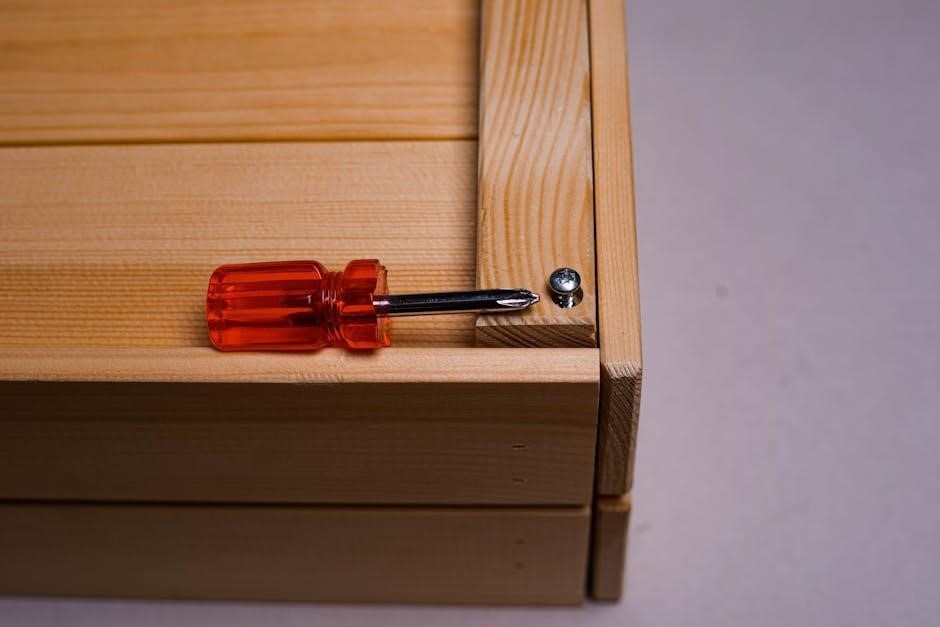
Safety Guidelines
Always disconnect power before starting installation. Wear protective gear and follow Mitsubishi Electric’s safety protocols to avoid electrical hazards and ensure a secure setup environment.
4.1 Precautions Before Starting
Before installing the MHK2, ensure the power supply is switched off to avoid electrical shocks. Wear appropriate protective equipment, including gloves and safety glasses. Verify all components are undamaged and compatible. Familiarize yourself with the installation manual and Mitsubishi Electric’s safety guidelines; Ensure the area is well-ventilated and clear of obstacles. Double-check the system’s requirements and compatibility with your specific Mitsubishi Electric unit to guarantee a smooth installation process.
4.2 Safety Measures During Installation
During MHK2 installation, maintain a safe working environment by avoiding overreaching and ensuring secure ladder placement. Keep loose clothing tied back and long hair secured. Avoid touching electrical components with wet hands or while standing on damp surfaces. Use tools appropriately and follow proper lifting techniques to prevent injury. Regularly inspect cables and connectors for damage before connecting them. Ensure all connections are secure to prevent electrical hazards. Always follow Mitsubishi Electric’s safety protocols and guidelines outlined in the MHK2 manual to ensure a safe and successful installation process.
Pairing the MHK2 with Mitsubishi Electric Units
Pairing the MHK2 with Mitsubishi Electric units ensures seamless communication and control. Follow the pairing process outlined in the manual to establish a secure connection between devices.
5.1 Pairing Process Overview
The MHK2 pairing process ensures seamless communication between the controller and Mitsubishi Electric units. Power on the unit, enable pairing mode, and use the Kumo Cloud app to initiate pairing. The controller automatically connects to the nearest unit, but manual pairing may be required for multiple units. Follow the app prompts to complete the process, ensuring a secure and stable connection. Refer to the manual for detailed steps and troubleshooting guidance.
5.2 Troubleshooting Pairing Issues
If pairing fails, ensure the MHK2 and indoor unit are powered on and within range. Check wireless settings and restart the controller. Verify Kumo Cloud app compatibility and internet connection. Reset the MHK2 by holding the reset button for 10 seconds. If issues persist, refer to the MHK2 FAQ or contact Mitsubishi Electric support for assistance. Ensure all firmware is up-to-date for optimal performance.
Setting Up Wireless Interface
Configure the MHK2 wireless interface to connect to Kumo Cloud. Ensure Wireless Interface 2 is installed. Refer to the manual for detailed setup instructions.
6.1 Connecting to Kumo Cloud
To connect the MHK2 to Kumo Cloud, ensure Wireless Interface 2 is installed. Power on the MHK2 controller and access the configuration menu. Select the wireless network and enter the password. The device will automatically sync with Kumo Cloud. Refer to the manual for detailed steps and troubleshooting tips to ensure a successful connection.
6.2 Configuring Wireless Settings
After connecting to Kumo Cloud, configure the wireless settings by accessing the MHK2’s configuration menu. Select your network from the list of available Wi-Fi options and enter the password. Ensure DHCP is enabled for automatic IP assignment or set a static IP if required. Refer to the manual for advanced settings, such as network encryption or proxy configurations, to optimize your wireless connection.
Commissioning the Device
Commissioning involves final setup and testing to ensure proper functionality. Follow the manual’s guidelines to configure settings and verify the MHK2’s connection with Mitsubishi units.
7.1 Initial Setup and Configuration
After installation, power on the MHK2 and access its menu using the remote or touch interface. Navigate to the settings section to configure basic parameters like temperature range, fan speed, and operation mode. Ensure all wired connections are secure and refer to the manual for default settings. Perform a system reset if necessary to initialize the controller properly.
7.2 Testing the Connection
Verify the MHK2 connection by checking the status indicators. Use the Kumo Cloud app to ensure wireless connectivity and remote access. Perform a test operation by adjusting settings via the app and confirm the indoor unit responds. Check for error codes or disconnections, and refer to troubleshooting guides if issues arise. Ensure all communication cables are securely connected for stable operation.
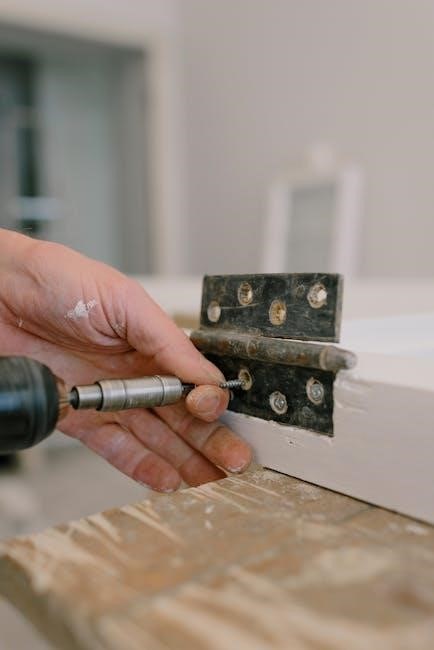
Maintenance and Troubleshooting
Regularly inspect and clean sensors and connections. Update firmware for optimal performance. Consult the MHK2 manual or FAQ for troubleshooting common issues like connectivity loss or error codes.
8.1 Routine Maintenance Tasks
Regular maintenance ensures optimal performance. Clean the controller’s sensors and connections monthly. Check for firmware updates and install them promptly. Inspect cables for damage or wear. Replace any faulty components immediately. Use a soft cloth to wipe down the unit, avoiding harsh chemicals. Ensure proper ventilation around the controller to prevent overheating. Schedule annual professional checks for system calibration and diagnostics.
8.2 Common Issues and Solutions
Common issues include loss of connectivity or sensor malfunctions. Restart the MHK2 and ensure stable power. Check for loose connections and reseat cables. If sensors fail, clean or replace them. Firmware mismatches can cause errors; update to the latest version. For persistent problems, consult the MHK2 FAQ or contact Mitsubishi support. Regularly check the Kumo Cloud app for connection status and update notifications to maintain system reliability and performance.
Additional Resources
Access the MHK2 FAQ for troubleshooting tips and detailed answers. Refer to the Operation Manual for comprehensive guidance on using and maintaining the MHK2 controller effectively.
9.1 Referencing the Operation Manual
The MHK2 Operation Manual provides detailed guidance on installation, setup, and configuration. It includes troubleshooting tips, maintenance schedules, and advanced features. Available for download, the manual covers compatibility, wiring diagrams, and software integration. Refer to specific sections using the table of contents or index for quick access to relevant information. Ensure compliance with safety guidelines and best practices outlined in the manual for optimal performance and longevity of the MHK2 controller.
9.2 Accessing MHK2 FAQ
The MHK2 FAQ is a valuable resource for addressing common questions and concerns. Available online, it provides solutions to troubleshooting issues, compatibility queries, and installation challenges. The FAQ complements the installation manual, offering concise answers to frequently asked questions. Users can access it through Mitsubishi Electric’s official website or via the Kumo Cloud app support section. Regular updates ensure the information remains current and relevant for optimal MHK2 performance.

